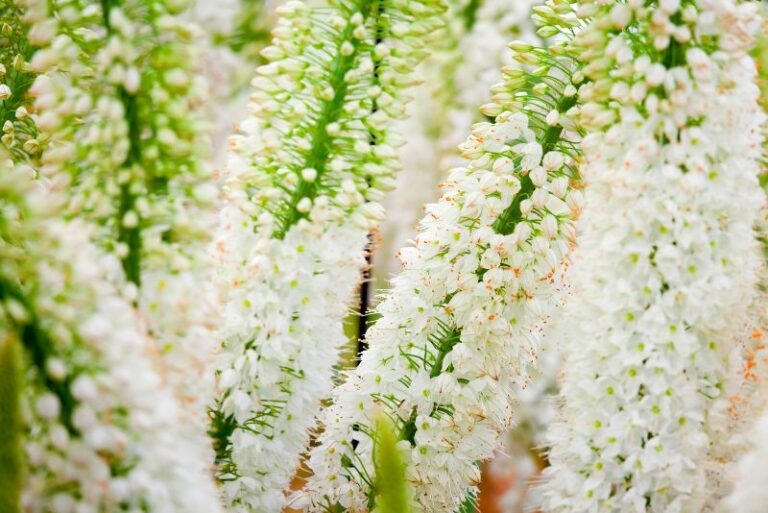How to Cultivate and Utilize Witch Hazel in Your Garden
Witch hazel is not just a staple in herbal medicine and skincare; it’s also a captivating addition to any garden or landscape. Its resilience in the face of cold weather, unique fall blooming period, and the utility of its bark and leaves make it a truly exceptional plant to grow. In this extensive guide, we’ll walk you through every step of cultivating your own witch hazel, offering insider tips and expert advice to ensure a bountiful harvest.
Understanding the Witch Hazel Plant

Before you start the growing process, it’s important to familiarize yourself with the plant. Witch hazel, scientifically known as Hamamelis virginiana, is a deciduous shrub native to North America. It grows up to 20 feet tall and wide, although many cultivated varieties stay much smaller, making them ideal for gardens of all sizes.
Benefits in Gardening and Herbal Medicine
Gardeners find witch hazel useful for its late fall and early winter flowers, which add a refreshing splash of color when most other plants have lost their bloom. In herbal medicine, witch hazel is known for its astringent properties, often used to treat skin conditions, soothe insect bites, and reduce inflammation.
Planting and Location
Selecting the right location is crucial for the success of your witch hazel plant.
Ideal Growing Conditions
Witch hazel thrives in cool, moist environments, and prefers partial shade. It’s particularly fond of well-drained soil in areas where it can enjoy some protection from the hottest hours of the day.
Choosing the Right Location for Planting
When choosing a spot to plant your witch hazel, consider areas with dappled sunlight or partial shade. Avoid planting in areas exposed to harsh winds, as the plant’s delicate flowers could suffer.
Care and Maintenance
Once your witch hazel is in the ground, it’s important to provide the proper care for optimal growth.
Watering and Soil Requirements
During the first year after planting, keep the soil consistently moist. In the following years, only water your witch hazel during dry spells. The soil should be acidic, with a pH between 5.5 and 6.5, which you can achieve with peat moss or another acidifying material.
Pruning Tips for Healthy Growth
Prune witch hazel in the early spring to maintain its shape and encourage new growth. Remove any dead or crossed branches to open up the plant to sunlight and improve air circulation, which can help prevent disease.
Common Pests and Diseases to Watch Out For
Watch for aphids, scale, and spider mites, which can infest witch hazel. To control these pests, you can spray the plant with insecticidal soap or neem oil. Witch hazel is also susceptible to a fungal disease called powdery mildew, which can be treated with a fungicide.
Harvesting and Usage
Knowing when and how to harvest witch hazel is essential for its use in herbal remedies.
When and How to Harvest Witch Hazel
The leaves and bark are the most potent parts of the witch hazel plant. The best time to harvest them is in the spring or fall. With a sharp knife, peel the bark from the younger branches and twigs. Collect the leaves by hand, then dry them in a single layer in a warm, dark place with good air circulation.
Ways to Utilize Witch Hazel in Herbal Remedies
Once harvested and dried, the leaves and bark can be used to make an astringent for skin care. Infuse witch hazel leaves and bark in alcohol or distilled water to create homemade toners, cleansers, and compresses.
Expert Quotes and Case Studies
To provide more insight, we could feature quotes from Michael J. McGroarty, a plant propagation expert, and Dr. James A. Duke, a botanist and ethnobotanist, who have extensive knowledge of witch hazel cultivation. Additionally, sharing personal accounts from the Pacific Northwest, the UK, and the Midwest offers diverse perspectives and experiences with growing and using witch hazel.
Conclusion
By following the steps outlined in this article, you can grow and use your own witch hazel plant to enhance the beauty and well-being of your garden. The versatility and sustainability of witch hazel make it a plant worth investing your time and effort in. Join the ranks of gardeners and herbalists who have successfully incorporated this remarkable plant into their lives, and discover the magic of witch hazel for yourself.






